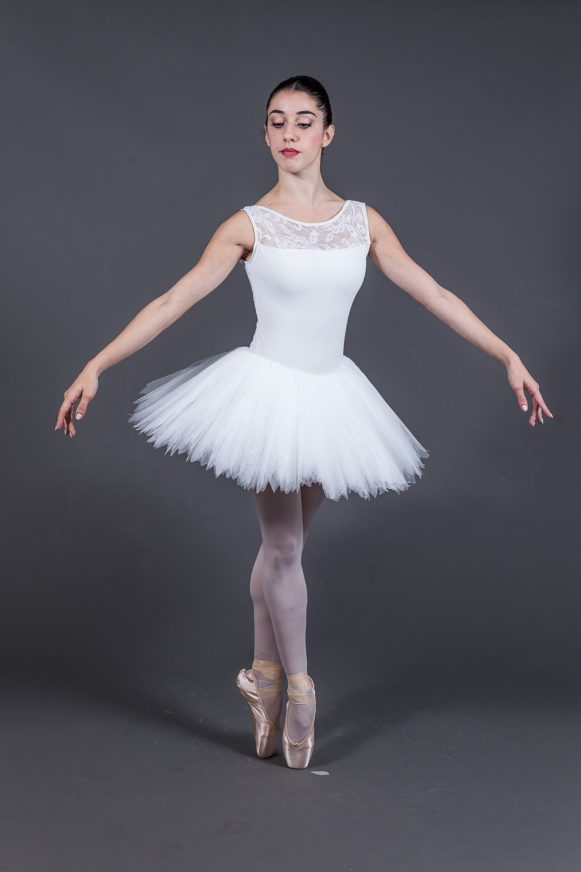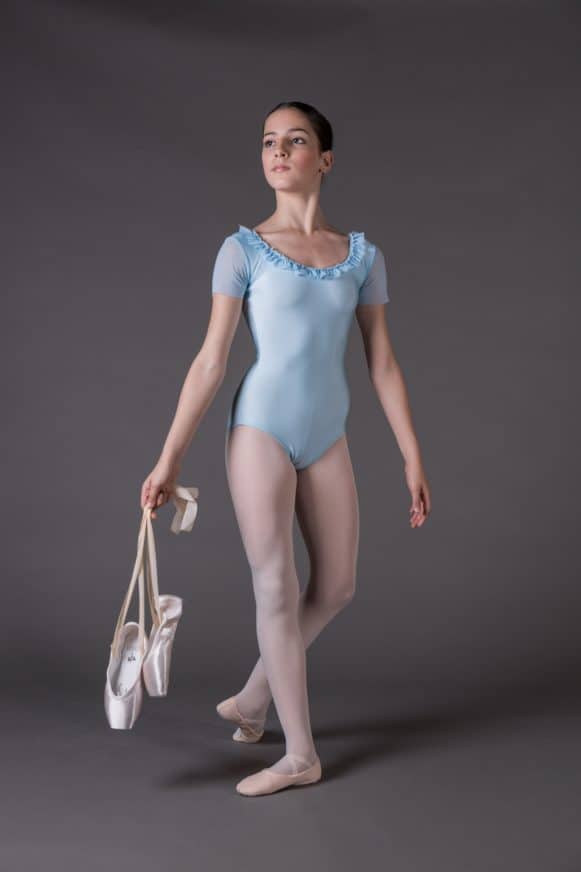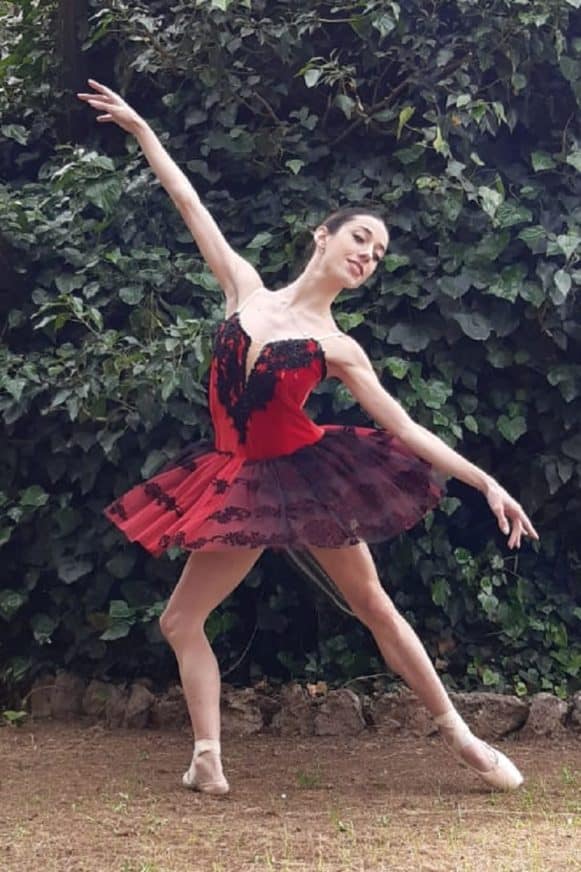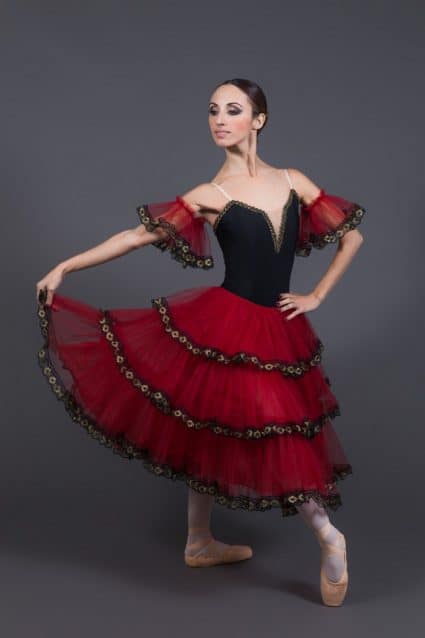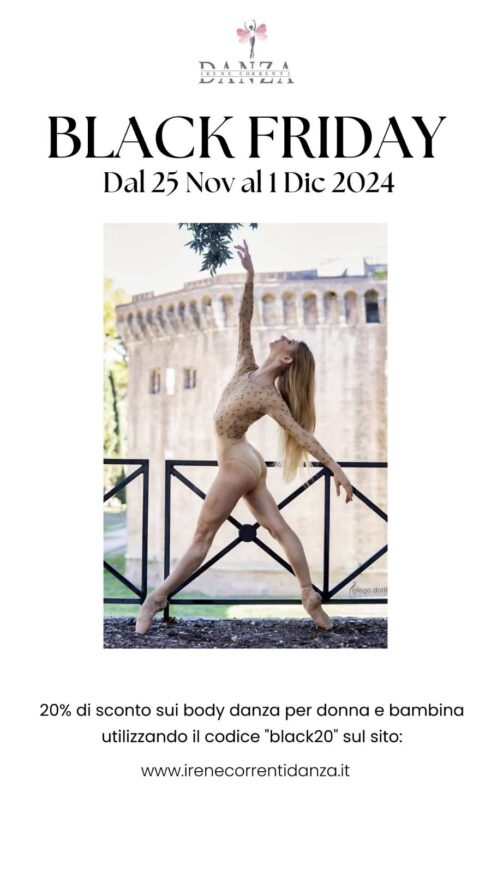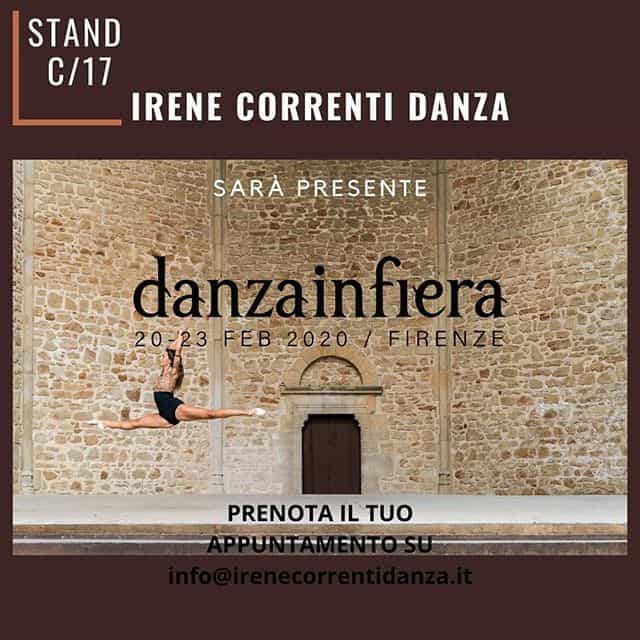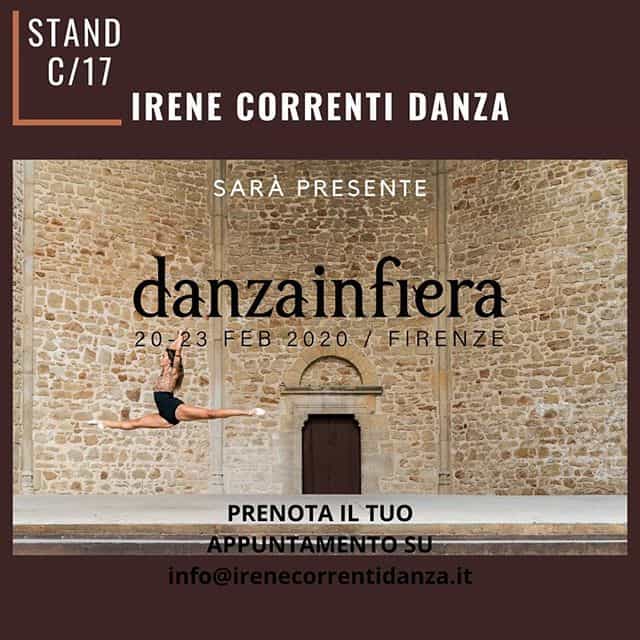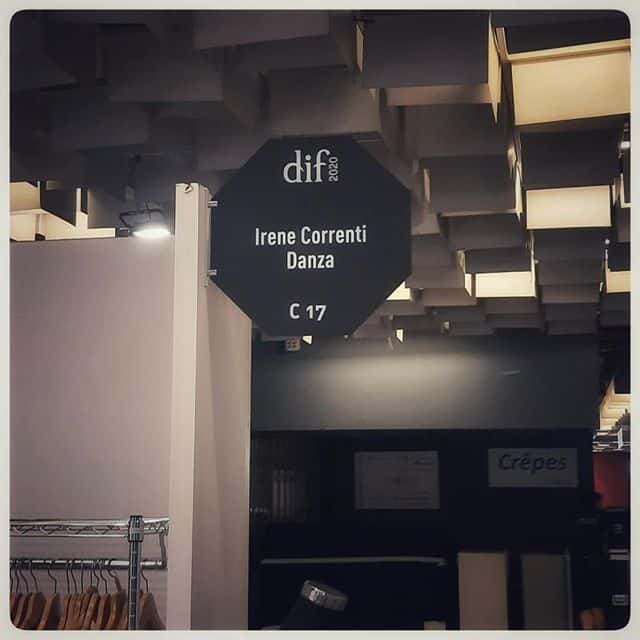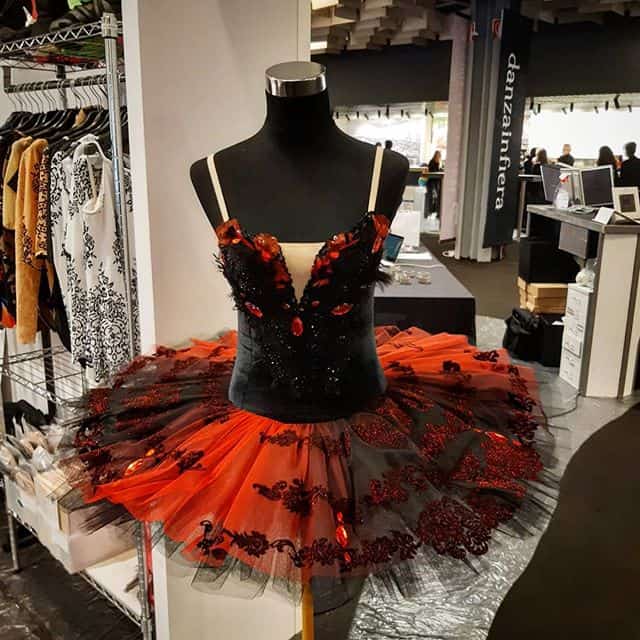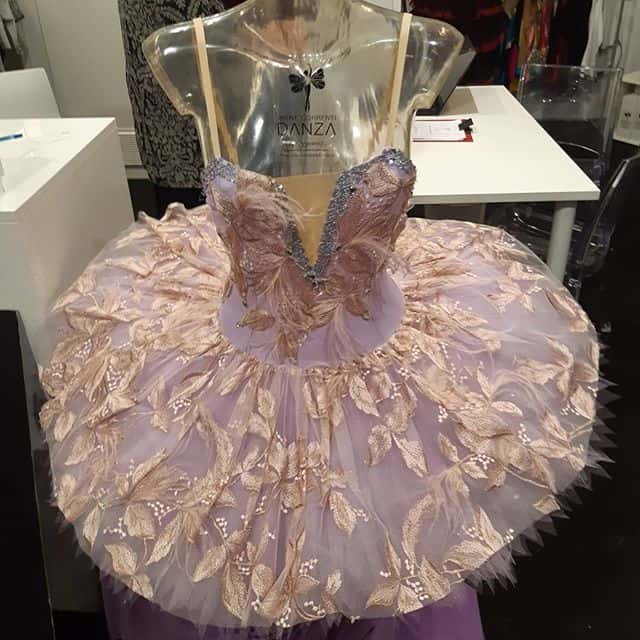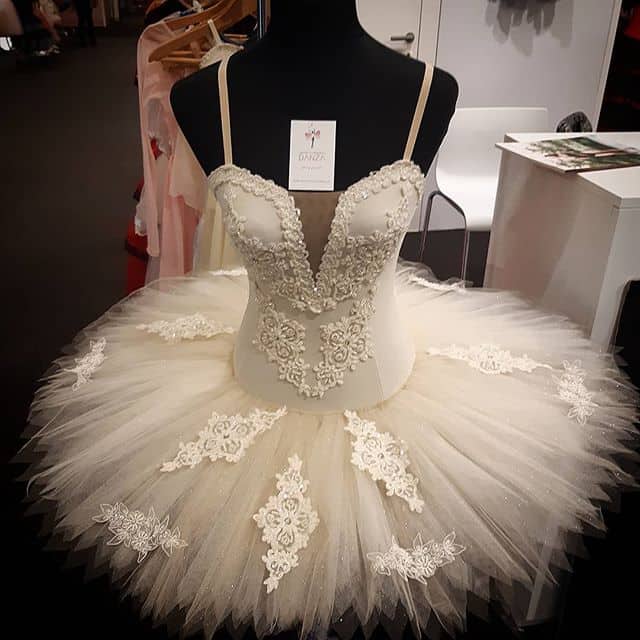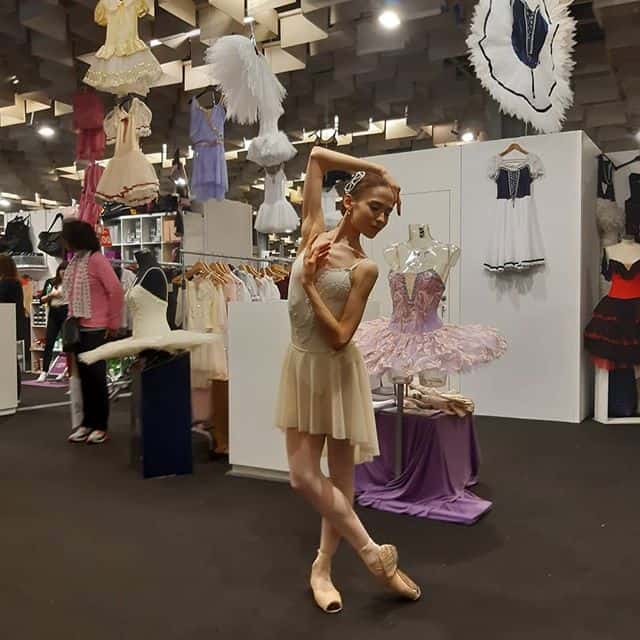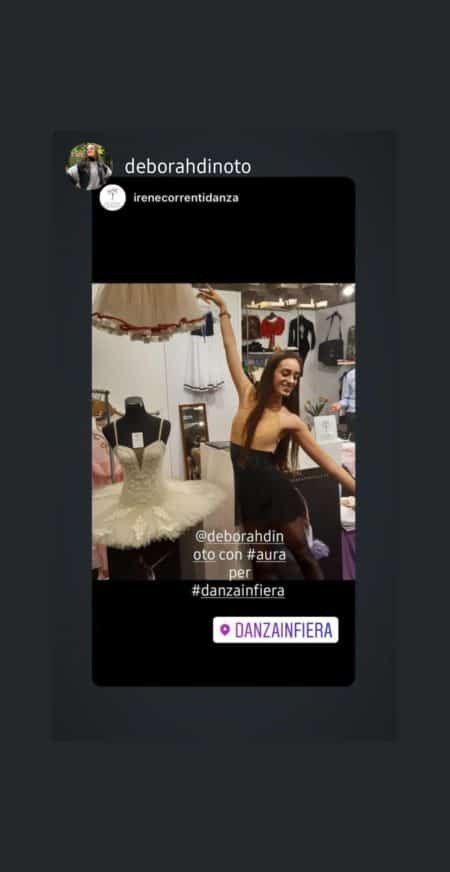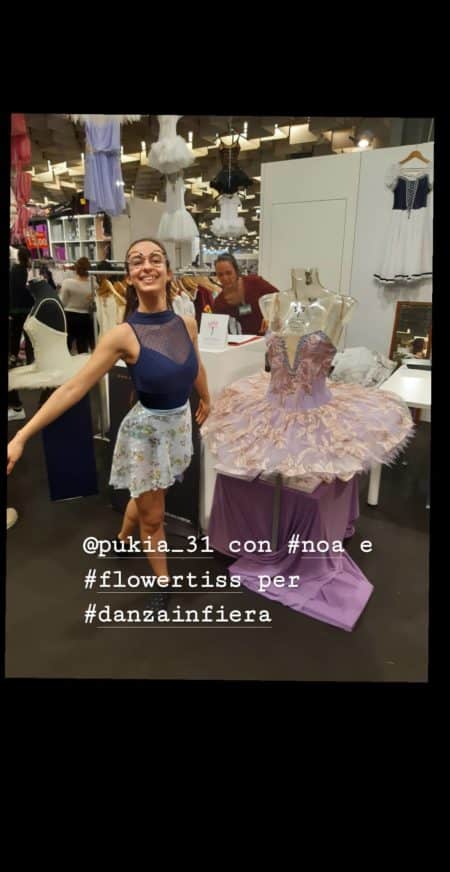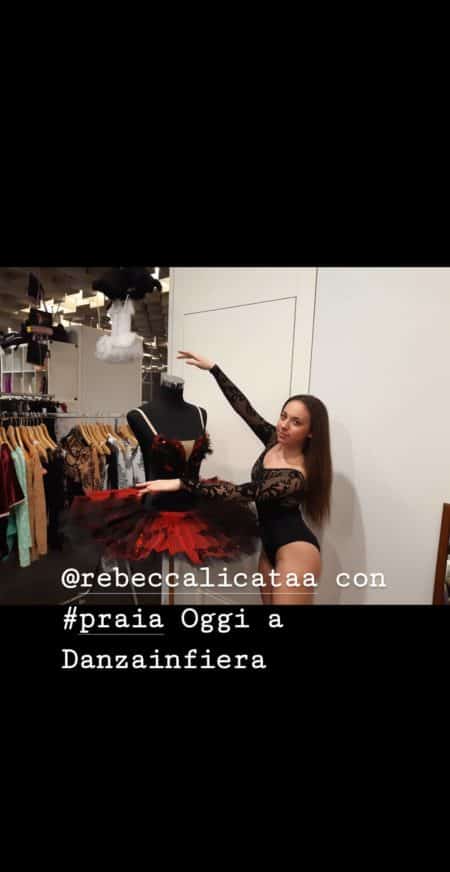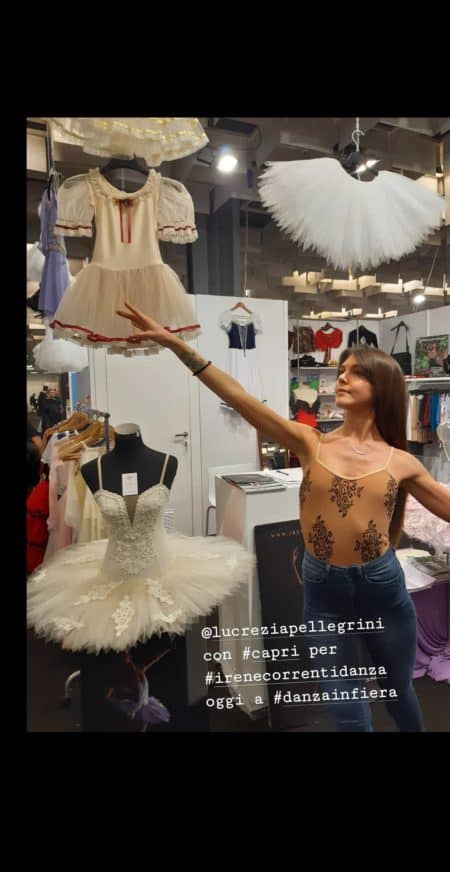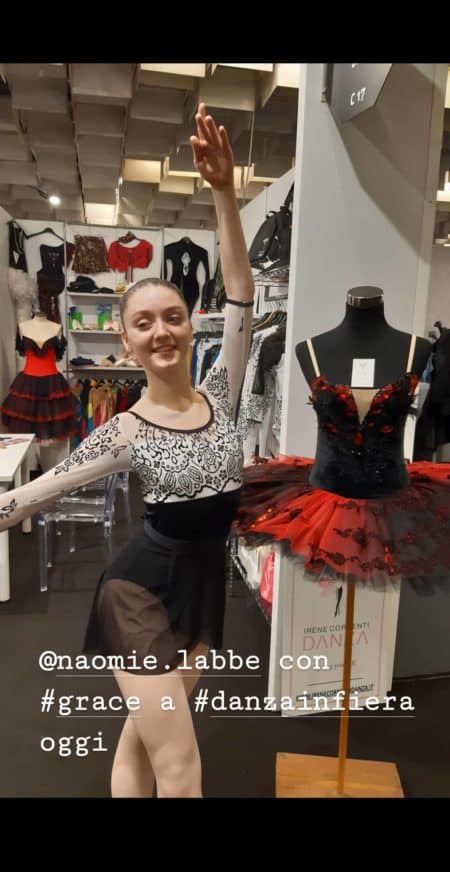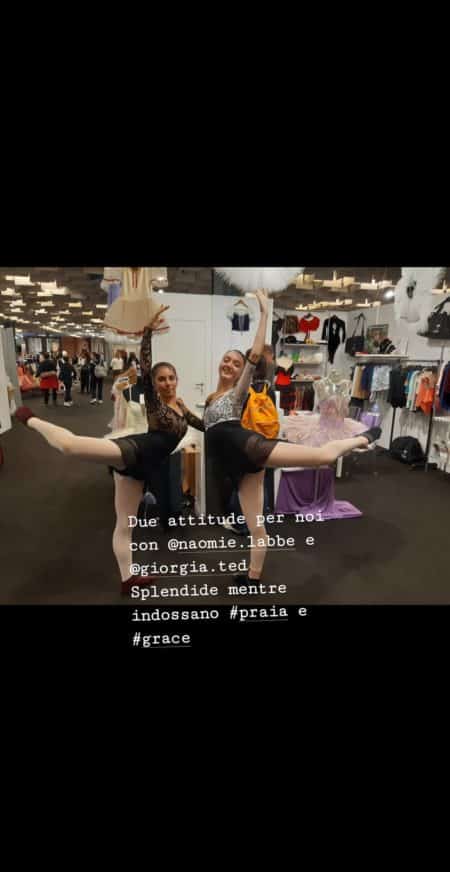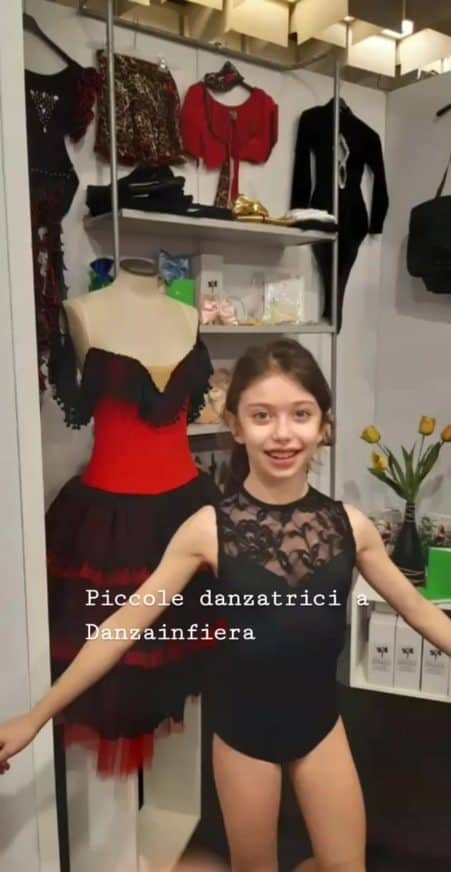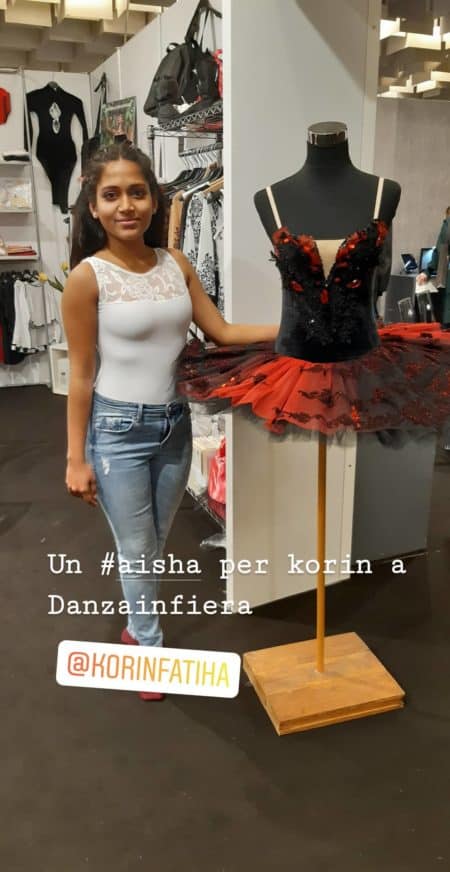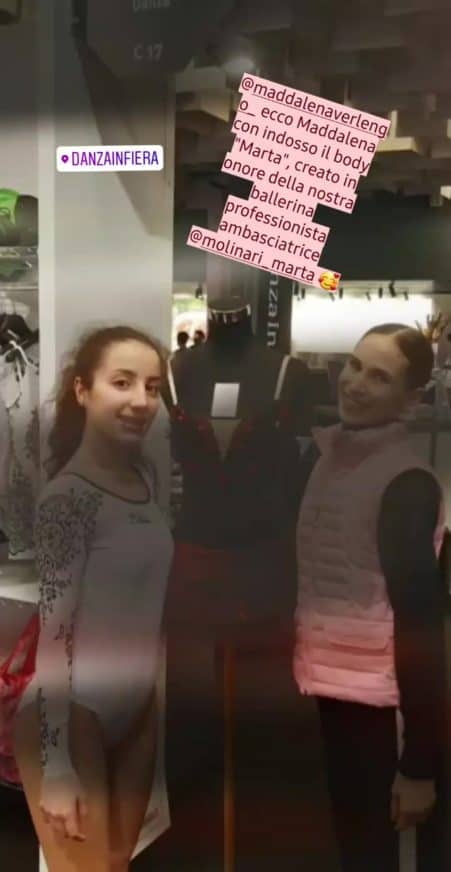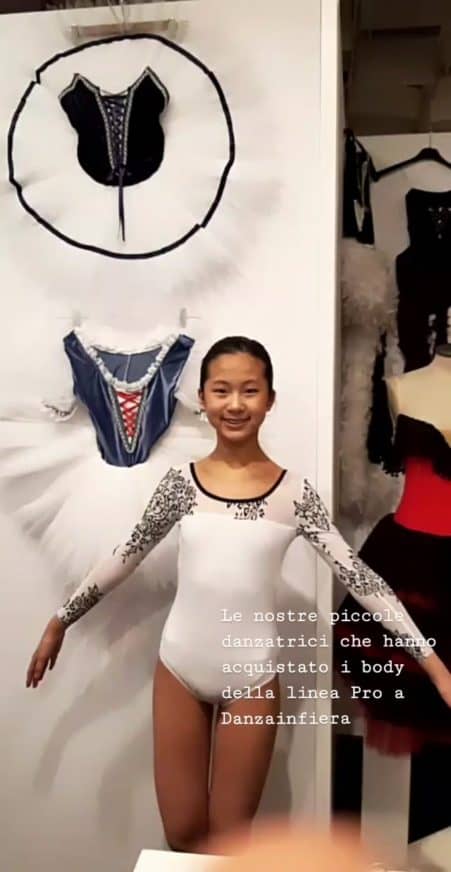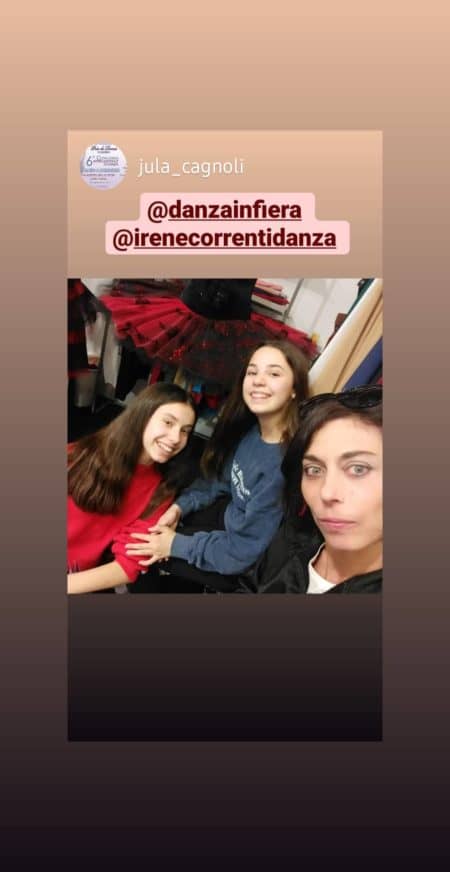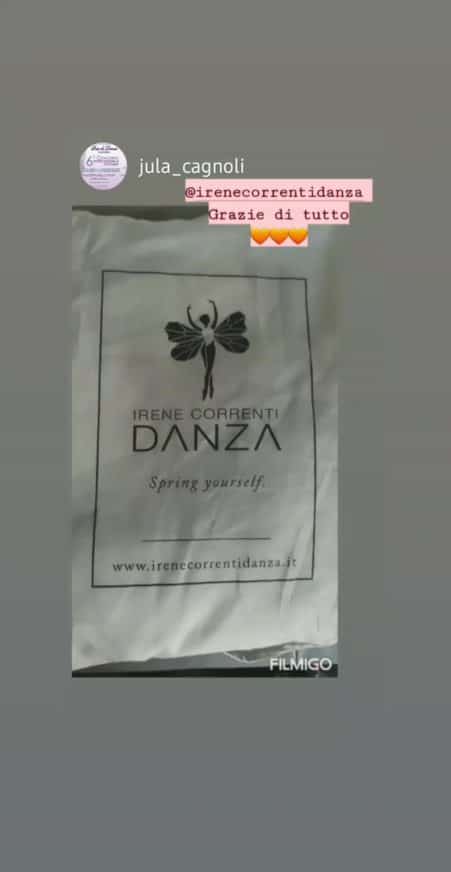How to choose the toe shoe?
For every aspiring ballerina, choosing and wearing pointe shoes is the symbol of reaching a milestone.
Pointe shoes should therefore be evaluated very carefully, taking into account a series of technical variables:
In fact, you must consider not only the quality of the product but also its adaptability to the specific foot of the ballerina.
We list below the most important characteristics:
1) Hardness of the sole
For the first periods, it’s better to prefer a soft sole that facilitates rising en pointe while still providing support once up.
For dancers who have a very pronounced arch, it’s preferable to opt immediately for a stiffer sole.
In this case, the foot will need more support from the shoe.
2) Plant width
The pointe shoe should have a more square platform that provides greater comfort for those who are not used to wearing this type of shoe.
In fact, at the beginning, pointe shoes tend to hurt the toes of young ballerinas.
The square platform also allows for more stability when rising en pointe because there is a wider surface on which the tip of the foot rests.
To avoid the annoying pain in the toes, it’s good to wear a thin layer of fabric inside the pointe shoe called toe pads:
The toe pads will serve to protect the foot from any friction during movement and consequently prevent the formation of blisters.
There are two types of toe pads:
A foam toe pad that is more economical and ideal for those who wear pointe shoes only for one or two hours a day.
A more comfortable silicone toe pad that provides greater softness to the foot for those who must wear the shoes for several hours in a row.
3) Height of the template
The vamp is the part of the pointe shoe that covers the toes and can be wider or narrower depending on needs.
For the first times rising en pointe, it’s preferable to opt for a medium vamp, that is, one that covers about one centimeter beyond the toes.
The vamp serves to keep the foot steady and support it when rising en pointe to avoid what is technically called “going over.”
This way, the risk of spraining during training is prevented.
For those with very weak feet or feet tending to be flat, a lower vamp is recommended because by leaving the arch freer, it helps more in rising en pointe.
Conversely, for stronger feet or those with a higher arch, you can opt right away for a higher vamp.
4) Tip tape
Together with an elastic to be sewn into the shoes, the ribbon will serve to keep the shoe firmly attached to the ankle.
This way, movements are facilitated and greater stability is achieved to avoid sprains.
Nylon ribbon is always preferable to satin ribbon both because it tends to slip less and because it is more neutral in color.
Fun facts about the toe shoe….
Is it always necessary to sew the toe shoe ribbon?
Sometimes professionals, depending on the ballet they are performing, may choose not to sew the ribbons but only the elastic.
This choice is related both to an aesthetic factor and because depending on the choreography, they can remove the shoe more quickly.
For beginners, not sewing the ribbons is very risky because there is a risk of spraining the feet, so it is always recommended to wear them.
We suggest you read this article on how to prepare pointe shoes.
How to distinguish the right tip from the left tip?
Pointe shoes don’t indicate which is right and which is left, so to distinguish them we suggest a trick.
When you buy pointe shoes, place them side by side and you’ll notice that at the level of the sole on the side of the shoe, the shape of the pointe appears more scooped out.
The more scooped out part of the shoe always fits the inner part of the reference foot.
Therefore, in the right foot shoe, the inside of the scoop will be on the left, and in the left foot shoe, the inside of the scoop will be on the right.
